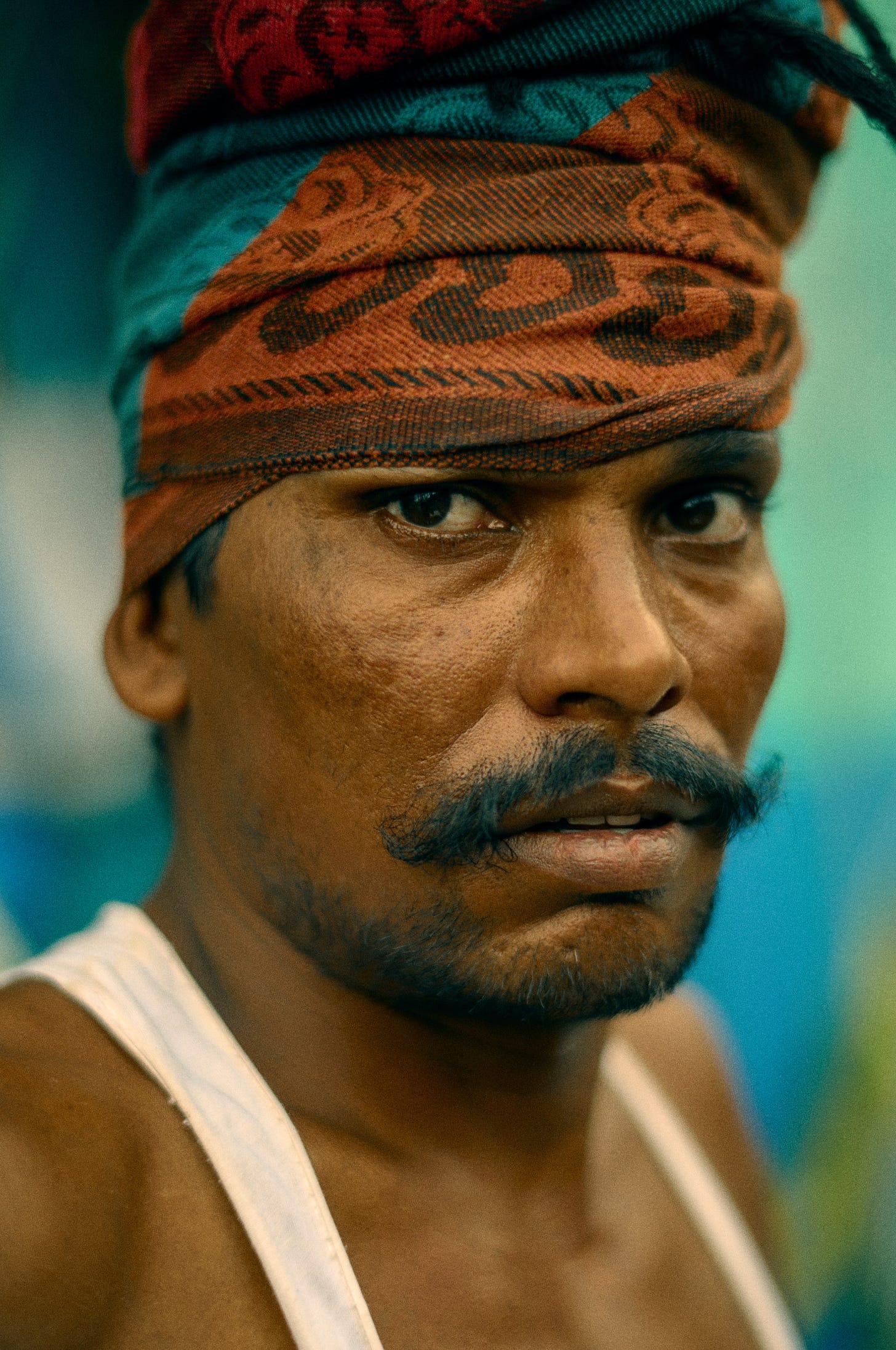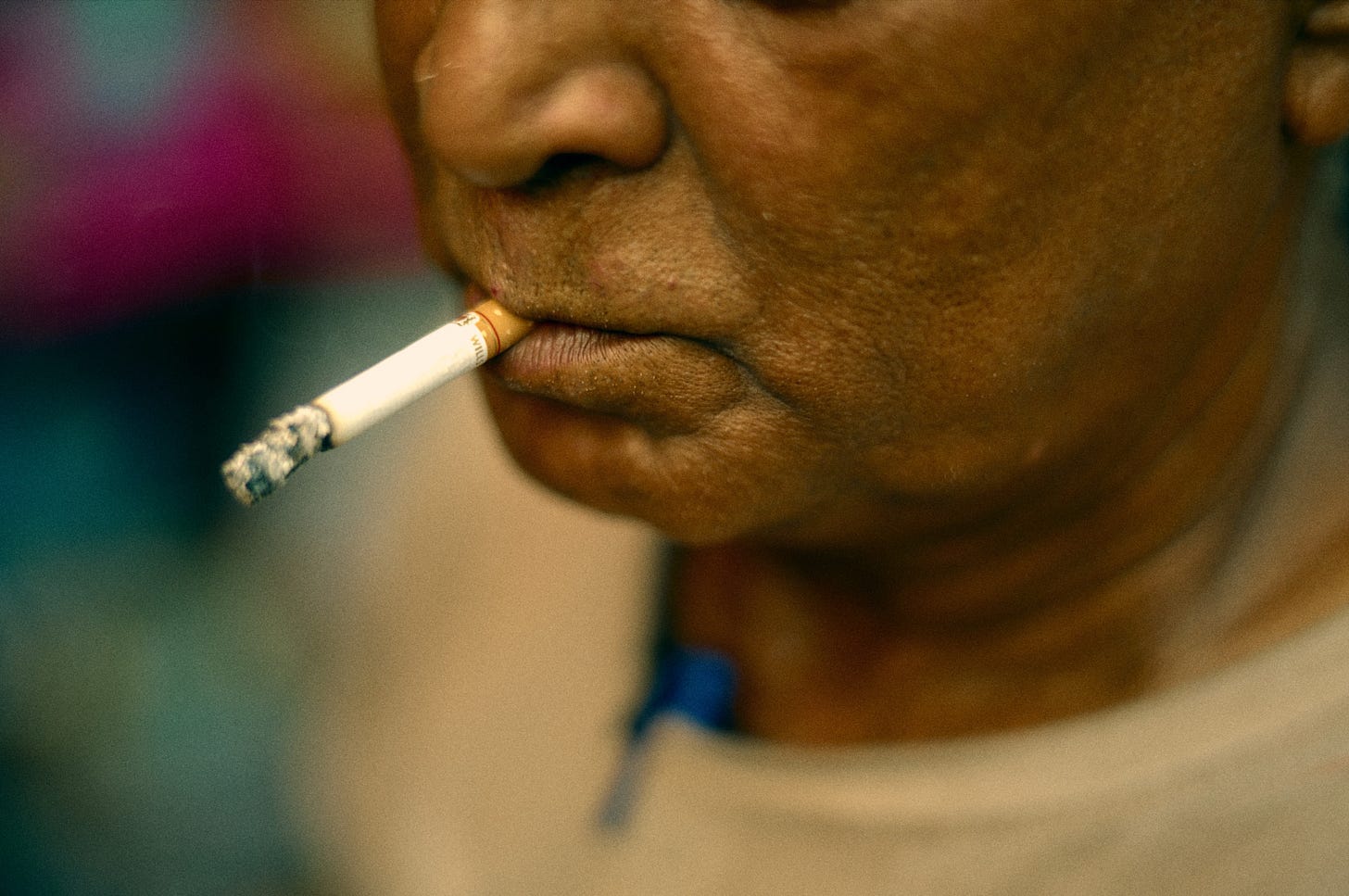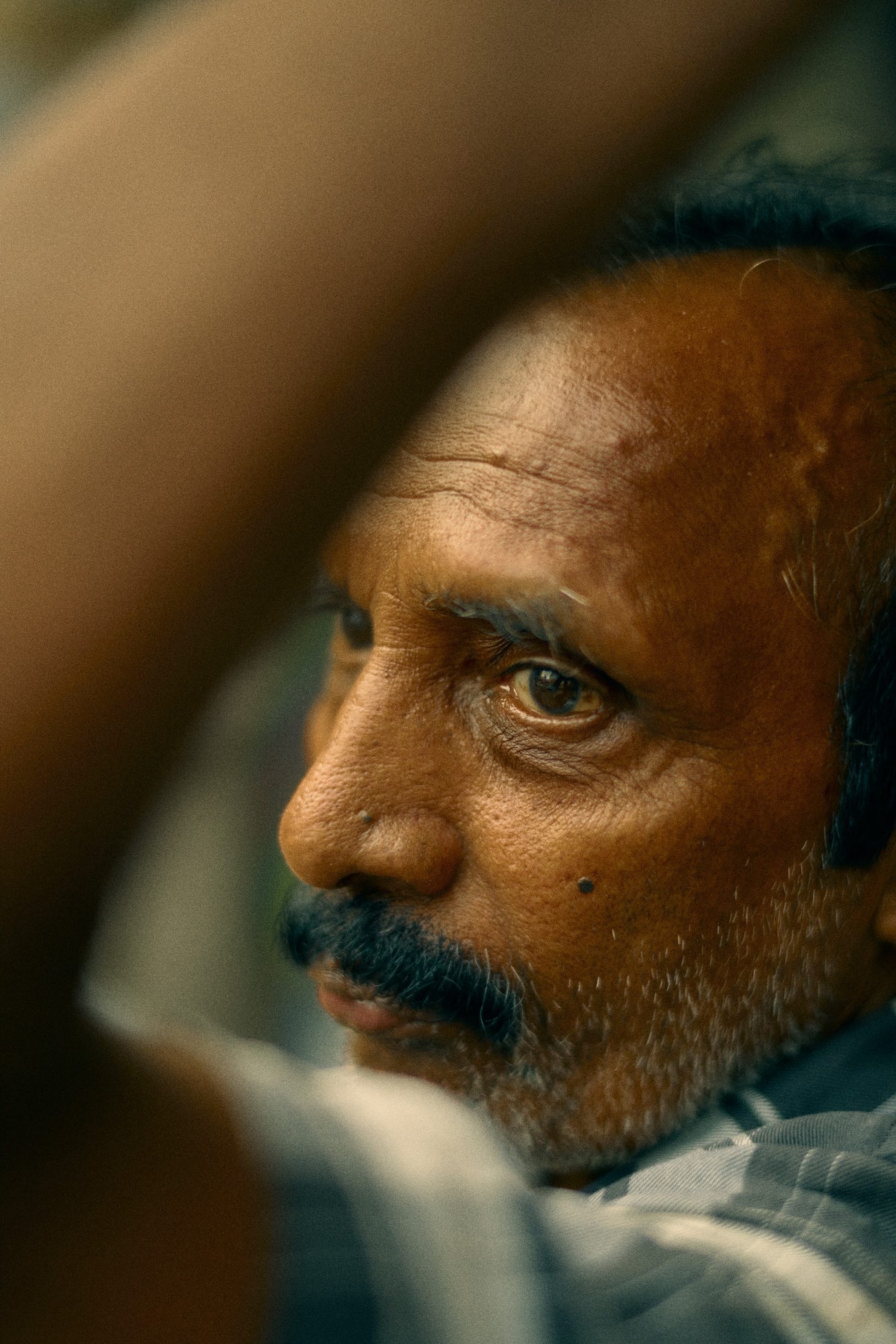Does Street Photography Demand Permission?
Tackling one of the worst questions in the creative journey
I have a broadcast channel on Instagram where I occasionally share a behind-the-scenes look at my journey. It’s a space for free thoughts, recent gear picks, and even edits that aren’t quite ready for public consumption.
Last week, I dropped three images I was working on and told the group that I wouldn’t be sharing them publicly, but thought they could take a peek at how I’m refining my colour for this market in Kolkata. Well, turns out I found a reason to share them after all.
That night, I had this conversation around permission and agency in photography. Somehow, the three images I had shared in that channel related to this question I had been asked about street photography, especially with respect to portraiture. Do we need permission to take a strangers picture in public?
I could just say no and leave it at that. But where’s the fun in that? Instead, indulge me for a moment while I explain why questions like this are some of the worst in the creative world.
Asking Better Questions
One of the things I learned many years ago, during my time in sales, was the difference between closed- and open-ended questions. A closed-ended question is one you can answer with a simple yes or no. They’re crafted to sound engaging or polarizing but can be shut down with a single syllable. Asking a closed-ended question in sales often meant cutting a conversation short and losing a chance to convert a customer. More importantly, it meant missing the opportunity to understand that customer and build a real relationship.
Think about all those clickbait titles you see on YouTube camera videos. They almost always ask a silly, closed-ended question meant to provoke a reaction. _Is this the XYZ killer? Does this change everything? Will I finally switch?_ Some work, some don’t, but they all share one thing in common: they’re uninteresting.
A closed-ended question is, by nature, an uninteresting question. One I try to avoid. An open-ended question, on the other hand, can’t be answered with a simple yes or no. It demands context, detail, and conversation. And when it came to sales, conversation was what led to conversion.
That same passion for asking better questions, something I picked up as a twenty-something on a sales floor, is what I now bring to my creative work. It helps me navigate complex topics like permission and agency in photography.
When someone asks me, do we need permission in street photography? I hear an uninteresting question from someone looking to validate their stance or stir controversy. A better question, at least for me, is how do we honour our storytelling through our actions?
There are many moments in my street and documentary work when I don’t explicitly ask for permission before pressing the shutter. That’s because I’ve seen something genuine in the unnoticed moment that deserves to be acknowledged. Far too often, I’ve seen how asking for permission disrupts authenticity and compromises the frame. I can’t afford that on my journey.
My goal is to create meaningful visuals that do justice to the stories I’m sharing. To do that, I have to put the work first. That sometimes means taking calculated risks to capture a frame that carries more weight. But it also means staying in the moment afterward. Letting the person in front of me react to my presence and respond to what just happened.
When I take a tight, intimate frame without explicit permission, I always bring the camera down afterward, look my subject in the eye, and smile. I wait. That moment of acknowledgment is what respect looks like to me. And it’s something I’ve seen disappear with the rise of camera bros and tech tubers.
The reason permission and agency have become such hot topics in street photography is because far too many bad actors have taken advantage of their access. They travel the world, exploiting communities for content, using people as props without a shred of respect for the cultures in front of them. Some of the biggest photography influencers and YouTubers have built careers this way, and in doing so, they’ve created the environment for these closed-ended debates to flourish.
For me, the story always comes first. Sometimes that means asking for permission, with a nod or a few words. More often, the photograph comes first, and I wait afterward. I show respect for my subject by being present, by inviting conversation, and by staying open to whatever happens next.
These three images, none of them were taken with permission to start. But with each person, I brought my camera down and looked at them with a smile. They all reacted just like 99% of the people I encounter all over the world: with a smile. Some had conversation, others kept it moving. But at the end of the day, I knew that I was honouring them and the story through my process.
So again, when it comes to permission, agency, and choice in street photography, we need to avoid uninteresting dialog. Closed-ended questions lead to simplistic answers about complex ideas. Instead, I’ve come to rely on a single question that guides my process: How do my actions honour my storytelling? In answering that, I find the peace I need to keep moving forward.
Upcoming Events & Workshops
Toronto Studio Photography Workshop
This November, I’m hosting a studio photography workshop designed to elevate your skills. Whether you’re a beginner looking to build a solid foundation or an experienced photographer looking to refine your craft, this workshop will educate you in the essential techniques of studio work. Full details can be found here.
Leica Akademie: Video for Photographers (Seattle)
In March of next year, I’m leading a three-day workshop for photographers who are new to video. Whether you’re looking to create short films, branded content, or simply elevate your visual storytelling, this workshop provides a practical introduction to filmmaking. Learn more here.
Arctic 2026 Photography Adventure
In 2024, I traveled to Svalbard with Quark Expeditions and it was unforgettable. I’m planning a return trip in 2026 with a group of photographers. This is not a workshop. It’s an excuse for like-minded storytellers to visit one of the most remote places on earth. If that sounds like you, fill out this form to learn more.
Next year, I’m heading to India again for our second street photography adventure across the North and South. Seats have just been made available for those looking for a deep, immersive photography experience. Learn more here.
Previous Favourites
NEW November Contest
This month, I’ll be giving away a $200 gift card to the Moment Shop where the winner can save big on their next camera, lens, bag, or courses. Moment has so many creative products to choose from and $200 can absolutely make for a great deal.
How will I pick the winner? Make sure you’re signed up for this newsletter then leave a comment on at least one post from this month. I’ll be randomly picking one person, confirming they meet the requirements and contacting them directly before announcing the winner publicly.
As always, this contest is void where prohibited by law. Good luck!
My thanks to the team at Moment! Not only for this contest but for being the longest supporter of my work online. They’re a lean team of passionate creators that truly believe in supporting other creatives on their journey. Whether it’s a new camera, lens, workshop, or just some great articles, visit ShopMoment.com today.
What’s Next?
Next weekend, I’ll be hosting a two-day workshop around my studio photography process. While I’ll be covering a lot, it’ll be an experience that ensures every student can develop a bulletproof process around their work in the studio. In that regard, it’s designed for photographers at any level.
There are a few spots left so if you’re seriously interested in strengthening your process in the studio, especially around portraiture, you can learn more here.
GB





Gajan, your piece hit a nerve in the best way. The permission debate in street photography often collapses everything into a yes or no question, and like you said, that is where the whole conversation goes flat. I work in a very different environment most days, but one thing that carries across both my legal work and photography is this simple reality: a question that reduces complexity usually reduces truth with it.
I shoot in Switzerland and across Europe, where my work is largely built around anonymity and observation. Most of my frames don’t hinge on identity. They hinge on light, geometry, tension and timing. In many cases people never realise they were photographed at all. That doesn’t remove the ethical question, but it shifts it. The intent behind the image matters more than the encounter. If the photograph is made to dignify a moment rather than exploit it, it becomes difficult to argue that harm was done.
Your point about asking better questions aligns strongly with how I navigate this space. When someone asks “Do you need permission?” the strictly legal answer is - unsurprisingly - it depends. Context, recognisability, country, use case, commercial intent. That’s the boring half. The real substance lies elsewhere. The question I actually weigh is whether I caused any damage. Did I exploit someone? Did I take something away from them? That analytical frame has served me far better than any binary rule.
The more interesting and defendable question is whether the image respects the person whose presence shaped it, even if they’re unrecognisable, even if their role is simply a silhouette anchoring the frame. That’s the axis my decision making turns on. And ultimately, if a person genuinely doesn’t want to appear in an image, even after all that, I respect it and I delete it. As much as I care about my work, no single photograph is worth distressing someone who happened to stand in my line of sight.
Where your article resonated most is this shift from “permission” to “honouring the story”. That’s where the craft lives. It cuts through the noise, the bad-actor content tourists, the people collecting strangers like trophies. A lot of what has soured the debate comes from those who want the aesthetic of authenticity without any responsibility attached to it.
What I’m curious about is the second half of the lifecycle. Capture is one thing. Publication is another. Does the ethical ground shift once the work enters the world, becomes part of a portfolio, a brand, a commercial ecosystem? My instinct is that it does, especially in a climate where intent is often misread or misrepresented. I’d be interested in how you see that transition.
Best, Janusz